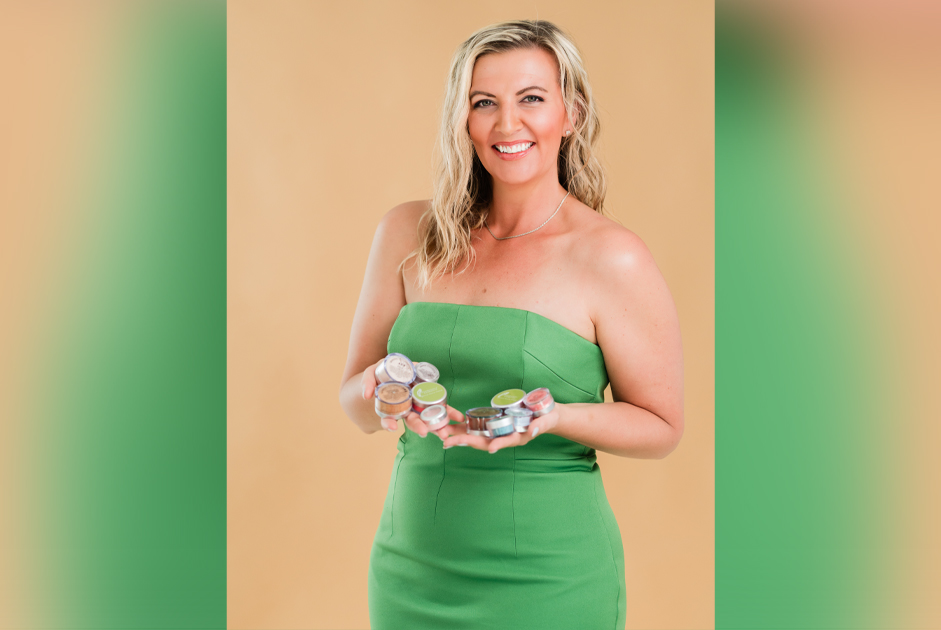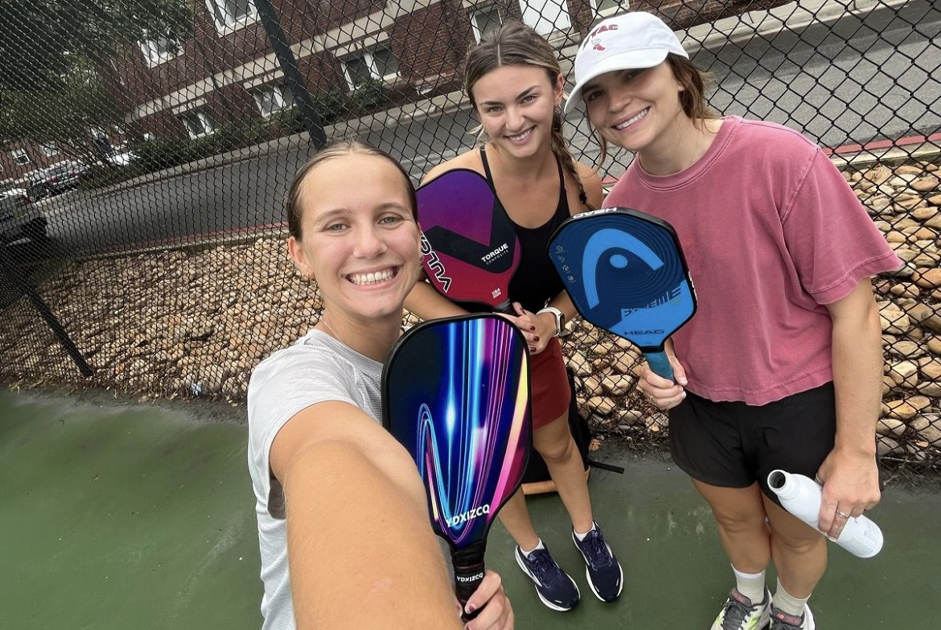Canned food – it’s a common staple in grocery stores, food drives, and homes. While this item is regularly easy to find, there was once a time when canned food wasn’t around. This past school year, I took part in a committee that had to create a list of the top 20 most influential moments in history with a lasting impact. Trust me; this wasn’t an easy task to do. One of the members suggested the creation of canned food. After doing some brainstorming and research, we realized that this invention has a lasting impact. Think about it – before even plastic pouches of frozen food were around, canned food was the only option to store uncooked food for a period of time.
Canned food dates back to the late 1700s and early 1800s. In 1795, France was involved in fighting with Italy, the Netherlands, Germany, and the Caribbean, and they needed a new way to preserve food for their military. The government created a competition for a new invention to accomplish their goal. Chef Nicolas Appert began experimenting with the idea of packaging food in champagne bottles, sealed with an airtight mixture of cheese and lime. Soon the champagne bottles changed to glass containers, and in 1803 his preserved foods of vegetables, fruits, meat, dairy, and fish were put to the test by France’s navy. A year later, Appert’s factory tried storing meat in tin cans. Appert was officially awarded the competition’s prize in 1807 and published his findings in The Art of Preserving for Several Years, all Animal and Vegetable Substances.
Throughout the years, people and companies have altered and perfected Appert’s method. In 1810, Peter Durand of England was granted a patent by King George III for tin-coated cans. Durand was on a mission to challenge Appert and wanted to include the ability to preserve food in not only tin cans and glasses, but also in pottery, metals, and other materials. Inventors Bryan Donkin and John Hall used Durand’s patent and conclusions to create the first commercial canning factory in 1812. Located in England, the factory used tinplate cans and a year later, the tins were used by the British army and navy. Since then, canned food has changed not just military life, but civilian life as well.
It wasn’t until 1825 when Thomas Kensett and Ezra Daggert started selling their patented cans to New Yorkers. However, canned food didn’t catch on until 1856 with Gail Bordon’s invention of condensed milk. The Civil War then pushed the need for canned food and condensed milk further and into more homes, and the rest is history.
Fast Facts about the Canned Foods:
- Early cans were opened by a hammer, chisel, or knife until the invention of the can opener in 1860 by Ezra J. Warner. Although Warner’s design was useful, it was also large and only used by the military and shop clerks. In 1920, a commercially home-friendly can opener was created.
- The Hormel Company first sold canned ham in 1926.
- Soft drinks were canned beginning in 1940.
- Aluminum was added to metal cans in 1957. A few years later, aluminum beverage cans began appearing in stores. By 1985, aluminum cans were taking over the beverage market.
- Almost 200 billion canned foods are produced each year globally.
- Research done by USA Today in 2020 found that 98% of Americans keep canned food in their kitchen and 86% of parents use them at least once a week.
- Also, per the data, the top three most sold canned items in 2018 were soup, tuna, and complete meals, such as spaghetti and meatballs. Corn is the most popular vegetable, with tomatoes and green beans following closely behind.
- Nearly 100 million pounds of Spam were eaten by the Allied troops during World War II. Today, almost 44,000 cans are produced every hour by Hormel.
There are pros and cons to consuming canned food. However, you can’t deny the lasting impact this food has had on our global society. As we venture into the future, we can only wonder what new improvements and techniques will be made to this everyday essential.



















